Soil and Satellites Are Telling a New Story About Ancient Civilizations in the Amazon
With new technologies, scientists are looking for clues in manmade “terra preta.”
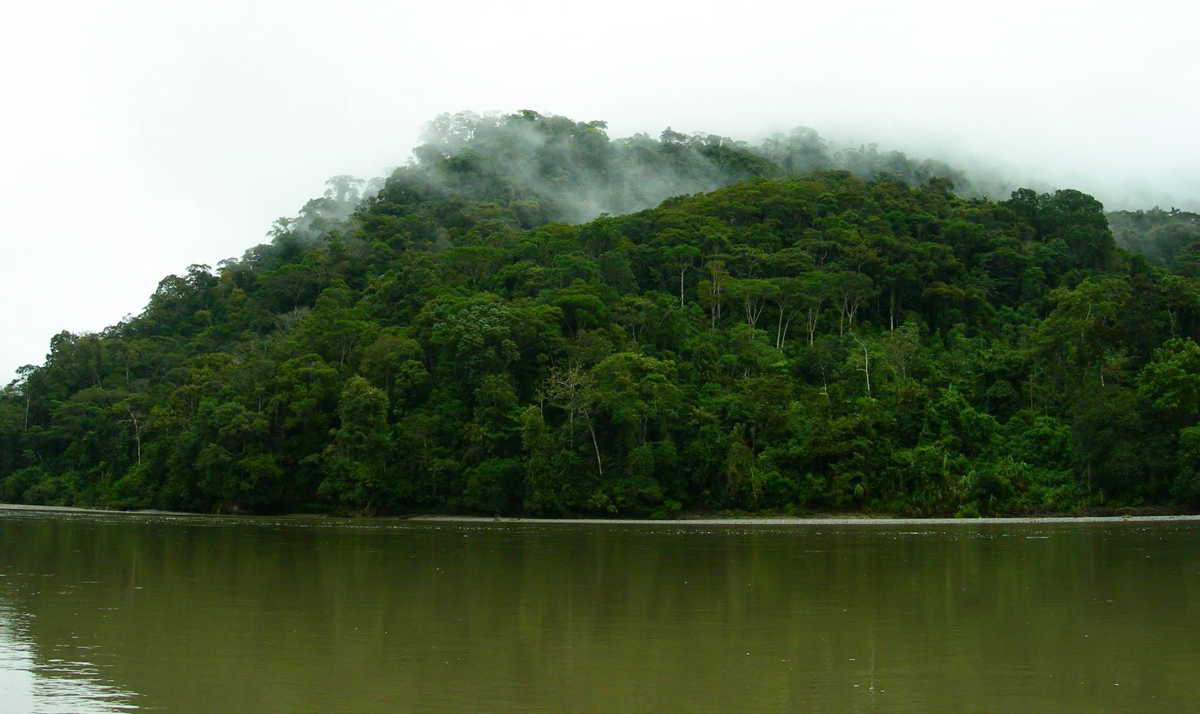
When Francisco de Orellana, a Spanish conquistador, paddled through the Amazon in 1541, he did not find El Dorado, the fabled kingdom of gold he had been looking for. But he did report to have found civilization: large villages and farms sprawled along the rivers, and even massive cities in the distance.
However, when later explorers and missionaries returned to the same spots centuries later, they found nothing but wild tangles of vegetation. Orellana’s reports were dismissed as bogus when scientists chimed in. Large settlements, in the Amazon rainforest? That would be impossible, they said, for the same reason that it’s still impossible to occupy the Amazon today. Although the forests have rich, wild plant life, the soils alone are too poor in nutrients to support long-term cultivation of agricultural crops.
“But what archaeologists have been seeing in the last 30 years is that, quite the contrary—the Amazon has been densely occupied in the past,” says Eduardo Neves, a Brazilian archaeologist.
One surprise has been the discovery of something that is, in some ways, much more valuable than the gold the Spanish had originally been looking for: terra preta de índio, “dark earth of the Indian,” a blend of charcoal and very nutrient-rich earth that is dark in color, and extraordinarily fertile—in stark contrast to the surrounding orange-yellowish, unproductive earth.
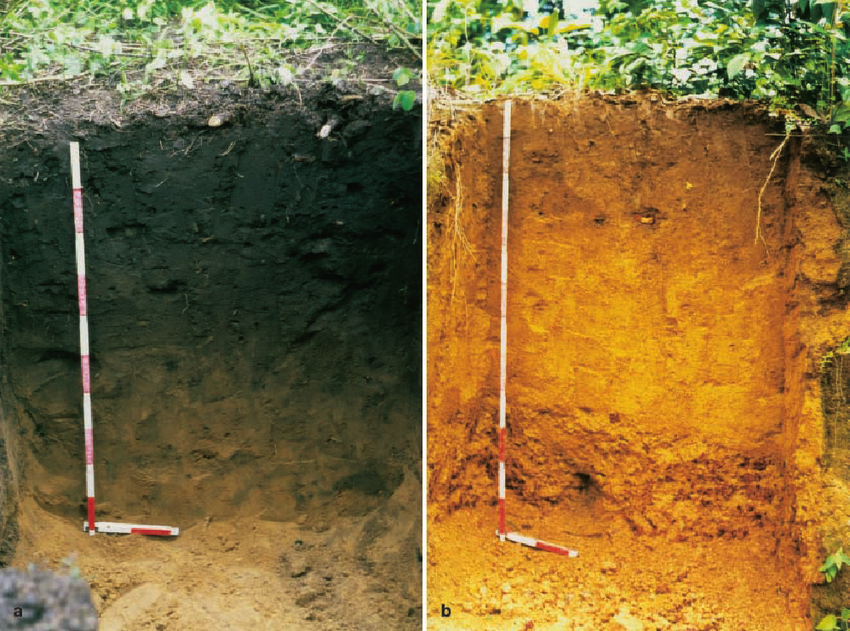
Archaeologists believe terra preta was created by slashing and burning parts of the forest, possibly to create space for residential areas, and by smoldering organic waste, like animal bones, feces, and straw. It’s debated whether this was created intentionally to enrich the soil, but regardless, it seemed to be “superdirt” that could have made lost cities possible.
Terra preta is often found together with archaeological remains, like potsherds, says Neves from his office at the University of São Paolo, where he is a professor. The soils are an undeniable trace of an accomplished ancient civilization, he says, before the vast majority were wiped out by diseases the European conquistadors brought with them.
Nobody knows for sure how big these populations were, and where they lived. Many archaeological sites are overgrown with trees, and expeditions are expensive.
But measuring the extent and location of Amazonian dark earths might be one way to find out. Fieldwork has shown that they are widely distributed across the region. But to get a better idea of the extent of them, archaeologists have teamed up with scientists from other disciplines to make use of new technologies.
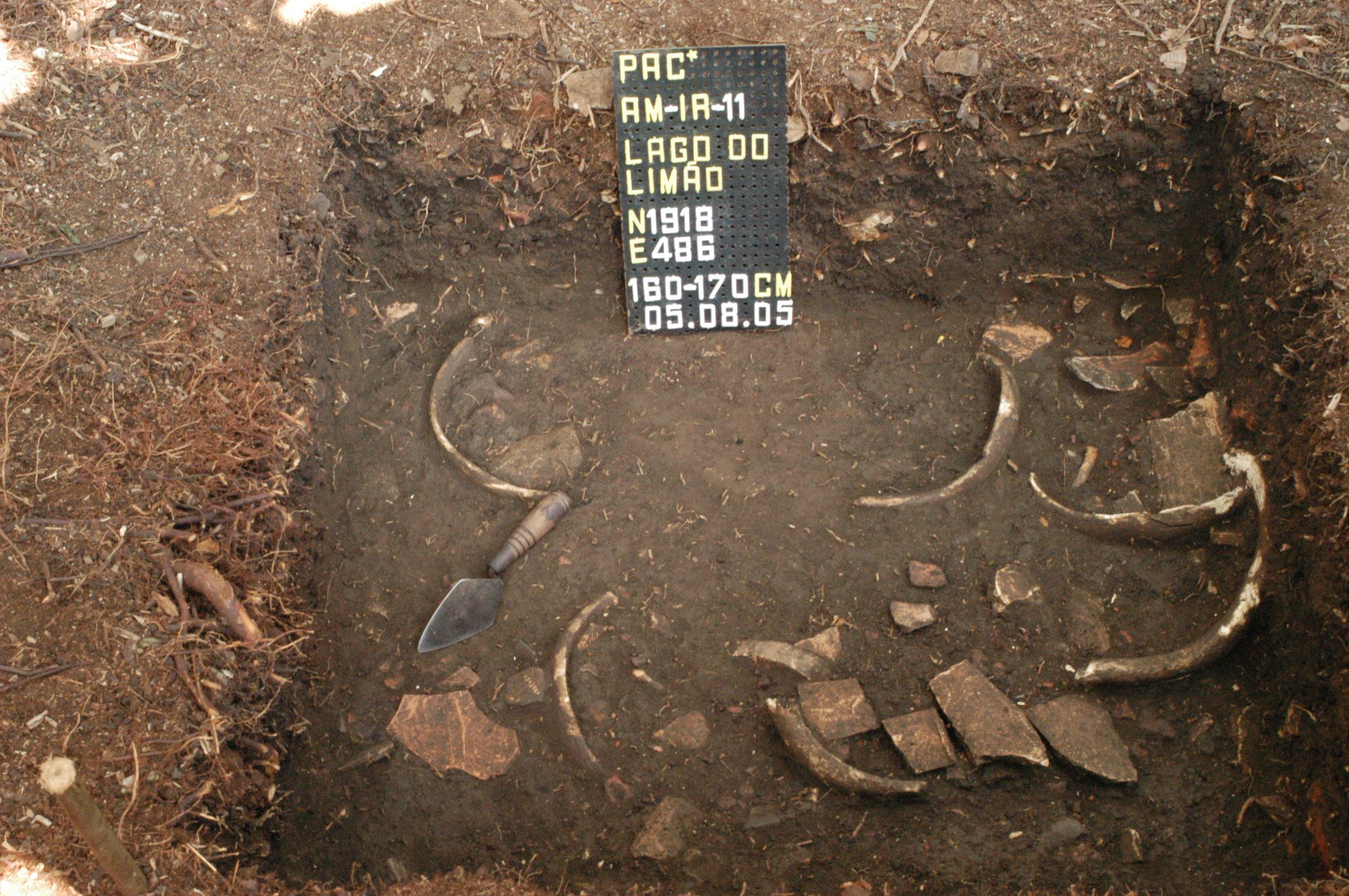
About 10 years ago, Neves says, an environmental scientist from the University of New Hampshire reached out to him. It was Michael Palace, whose work had focused primarily on using satellite imagery to understand the forest better. He had recently become interested in archaeology as well.
It had occurred to Palace that it might be possible to detect terra preta under the tree canopy by looking at satellite data. “Plants grow on the soil, they use the nutrients, and those soils have different properties,” he explains. “And previous work has shown that this is reflected in the trees’ leaves.”
The idea became the basis of a joint study published in Ecosphere in December 2017, together with colleagues—including another archaeologist, Eduardo Tamanaha, and Crystal McMichael, an ecologist at the University of Amsterdam.
Two of NASA’s satellites fly over the Amazon every day and collect data in the near-infrared range of the light spectrum, Palace says, which makes it possible to detect subtle differences in how light reflects off the trees. This allows scientists to learn things about the forest that are invisible to the human eye, like photosynthetic activity and biomass.
The idea was simple, to ecologists at least. The researchers would focus on a sample of known terra preta sites—251 of them across the Amazon basin—and employ a computer to pick out subtle differences between the canopy above those sites and the canopy outside of them. And, by utilizing a sophisticated computational model, use that acquired data to predict where other terra preta sites across the Amazon might be located.
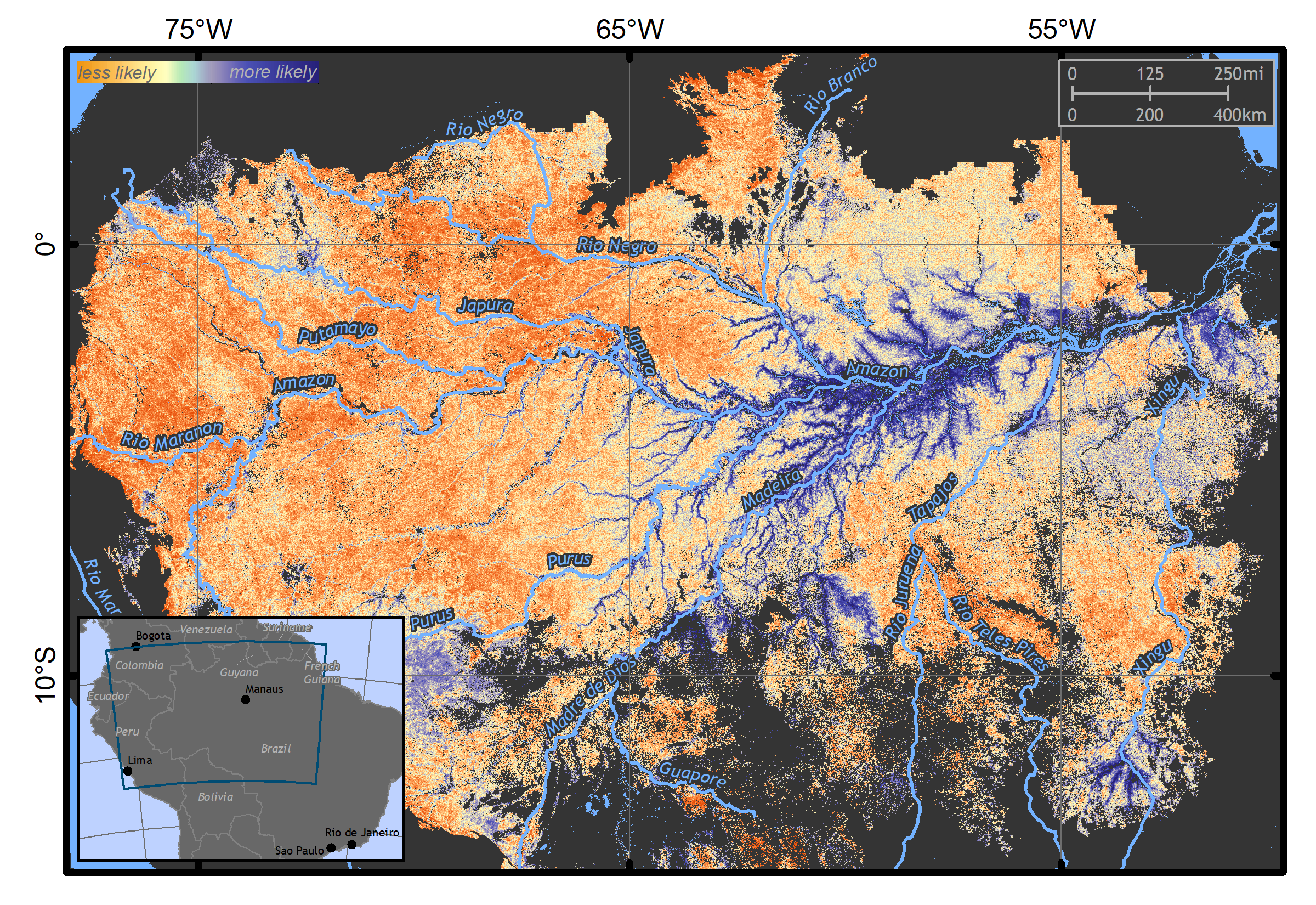
Given how nutrient-rich terra preta locations are known to be, the team expected the trees above them to be lush, healthy giants towering from the canopy. “We found the exact opposite,” says Palace. The trees were in fact shorter, and the sites appeared to be dominated by palm trees. Were they the descendants of palms planted there by ancient people?
That would make sense, Crystal McMichael explains. “They’re one of the most useful [trees], because so many of their species make fruit, not just for people but to attract animals. If you’re a hunter, you want to attract things like peccary, tapir,” she says, adding that palms also make for good construction material and for thatching houses, too.
But they may also have been cultivated by more recent civilizations who have moved to those areas because the soils were so fertile, McMichael suggests. Regardless, the terra preta has had an undeniable lasting effect on forest structure. “They have persisted for thousands of years and they still carry that same nutrient-enriched capacity and the ability to enrich agriculture,” she says. “It’s kind of cool that people today can benefit from what people 3,000 years ago made.”
In fact, the discovery of terra preta has even spurred a global movement to re-create it, to help enable sustainable agriculture, albeit unsuccessfully, McMichael adds. “As far as a recipe, it’s still a bit of a mystery.”
The team’s model predicts there is an entire stretch of terra preta across the Amazon, notably in the eastern parts and along the major rivers. For Eduardo Tamanaha, this gives us a good idea of the places that were inhabited and managed by ancient peoples.

Tamanaha’s future expeditions will focus on searching for the other sites where the model suggests terra preta may be located. “We are talking about a predictive model. Now we have to go to the field to test it,” he writes in an email from his base in Tefé in the central Amazon. For him, the study offers “the possibility of finding archaeological sites without having to make long—and expensive—expeditions through the Amazon, where everything is very distant.”
McMichael and Palace have shown generally that this modelling approach works in previous research. In northern Michigan, they used the same methodology to predict the extent of food storage pits left behind from hunter-gatherer populations.
The use of satellite data in general to search for archaeological sites is not new, explains Iris Kramer, a researcher at the University of Southampton who was not involved in the study. But using vegetation indices for archaeological purposes is. “I don’t know any studies that have done this in Amazon dark earths,” she says.
Karsten Lambers, an archaeologist at Leiden University who was also not involved in the study, agrees that the approach is innovative. The findings add to a pile of research showing that these manmade soils are widely distributed across the region. “In general, there is mounting evidence that the Amazon basin used to be much more populated in pre-Hispanic times than we thought,” he writes in an email.
For Neves, this means that the Amazon, as uncultivated as we imagine it to be, isn’t actually a wild, pristine forest. “We’re actually seeing a forest in a cultural landscape,” he says.
Neves still does regular field expeditions and has a small Indiana Jones figurine on his desk. Beyond terra preta, there have been more interesting discoveries of manmade structures in the last few decades, like channels, ditches, curious geometric shapes, and mounds of freshwater snail shells, which he believes are the remains of residential structures.
He wonders what else there is to be found in the depths of the emerald forest. “There are huge areas of the Amazon that have never been worked on before,” he says.
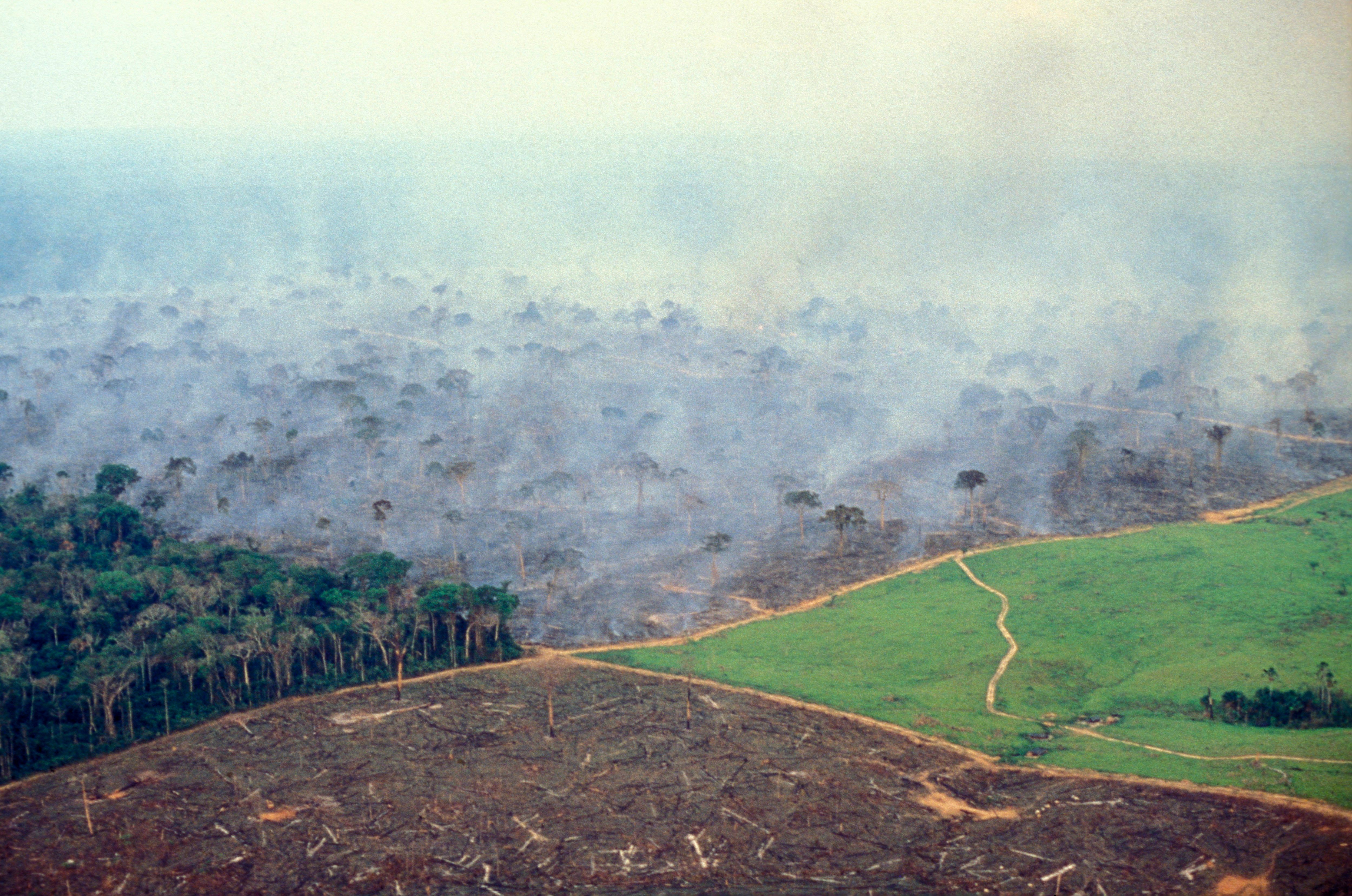
But at the same time, he is mindful of the bigger picture. Deforestation has taken a serious toll on the world’s largest rainforest. Hectares have been eroded for soybean plantations and cattle ranching. Brazil has been trying to occupy parts of the Amazon for many years, Neves says, but a lot of the time, it occurs in a very chaotic, unplanned, and unsustainable way.
For him, as Brazil continues to look at ways to occupy unprotected areas, the findings suggest there might be a way to do this more sustainably. “I like to think that this kind of study tells us that there’s room for people to live in the Amazon,” he says. “But we have to find the adequate scale to do it.”



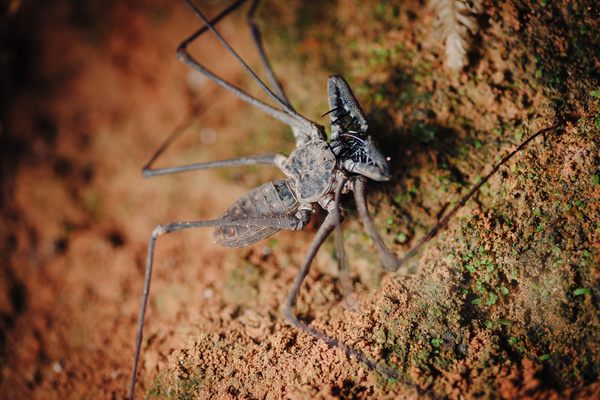









Follow us on Twitter to get the latest on the world's hidden wonders.
Like us on Facebook to get the latest on the world's hidden wonders.
Follow us on Twitter Like us on Facebook